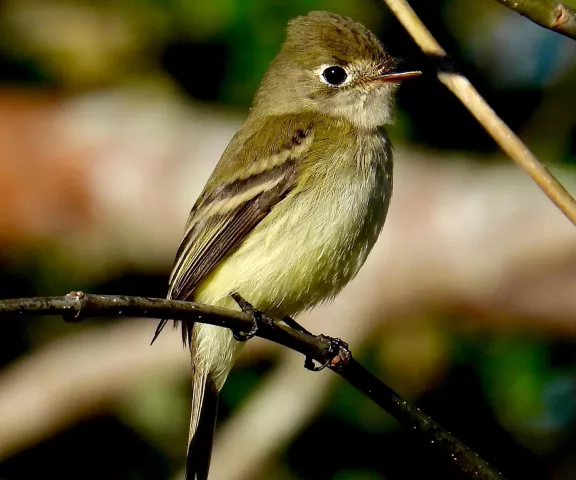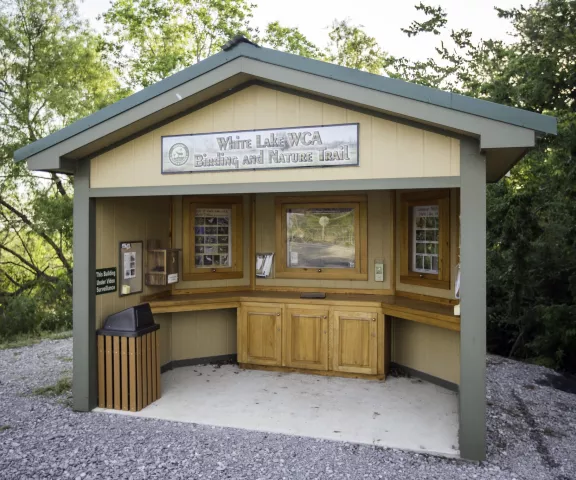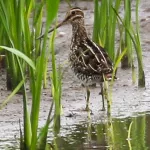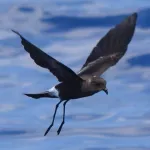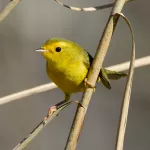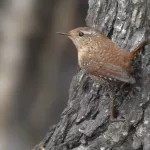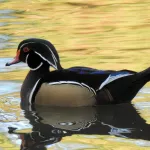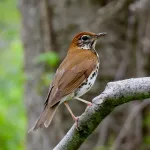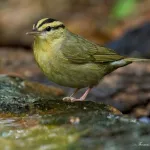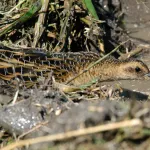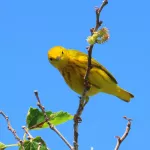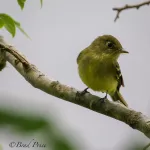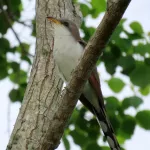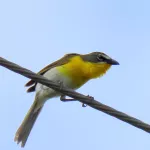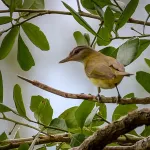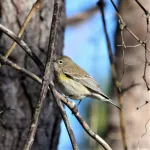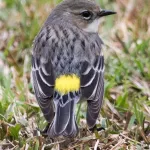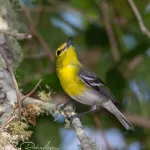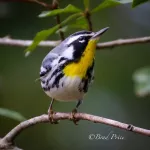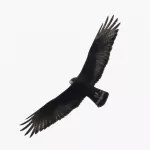White Lake Wetlands Conservation Area Birding and Nature Trail
Located at the entrance to the boat-in-only White Lake Wetlands Conservation area, this 1.5 mile nature trail provides walking access along levees surrounded by canals and freshwater marsh habitat.
The trail has some areas where bordering canals (on both sides) have been dredged. Often, marsh grasses are planted in these areas (containment cells) to create remote island habitat. Some cells have pockets of scrub/shrub habitat, which is excellent for wrens, sparrows, and other thicket-loving birds, including warbler species. Small live oaks, hackberries, and tallows also line the trail in places, attracting additional songbird species. Some of the more interesting include Least Flycatcher, Blue-gray Gnatcatcher, Gray Catbird, Field and Fox Sparrows, Ovenbird, Northern Waterthrush, Common Yellowthroat, Palm Warbler, Northern Cardinal, and Blue Grosbeak.
The marsh vegetation inside the cells varies greatly. Dense stands of maidencane, cutgrass, sawgrass, cattail, and sugarcane plume grass dominate, along with miscellaneous species of rushes and sedges. Commonly seen marsh birds include Black-bellied Whistling Duck, Blue-winged Teal, Mottled Duck, King and Virginia Rails, Common and Purple Gallinules, Black-necked Stilt, Least Bittern, Green Heron, any of seven different swallow species, and, depending on the season, Marsh and Sedge Wrens, Swamp Sparrow, and Red-winged Blackbird.
An impressive 212 bird species have been tallied here, including a number of vagrants/rarities and birds of special interest such as Ross’s and Cackling Geese, Gray Flycatcher, Great Kiskadee, Sprague’s Pipit, and Rusty Blackbird.
The trail includes an observation tower and a picnic pavilion. An interpretive kiosk and porta-potty are located at the trailhead.
